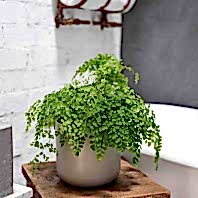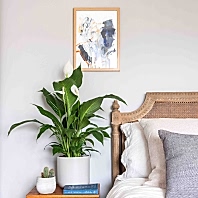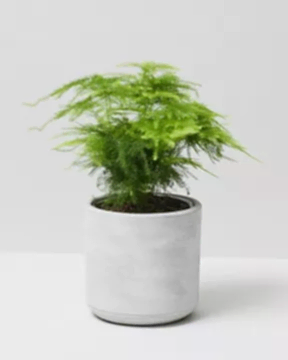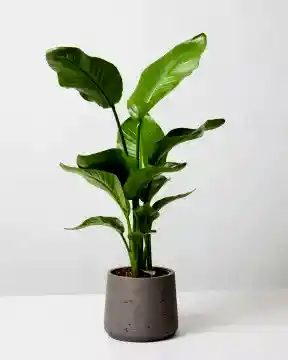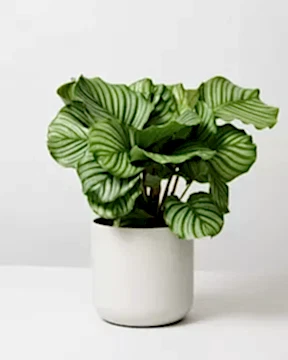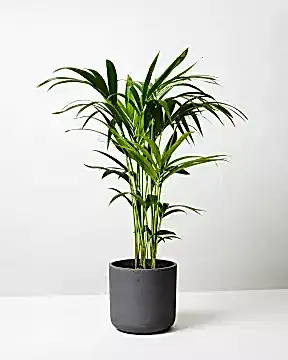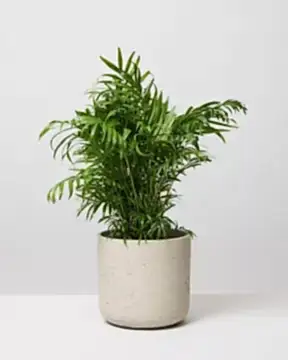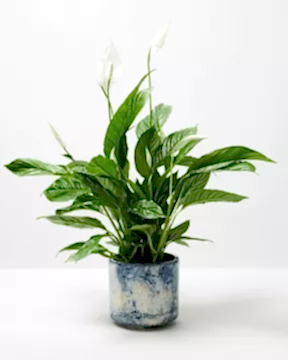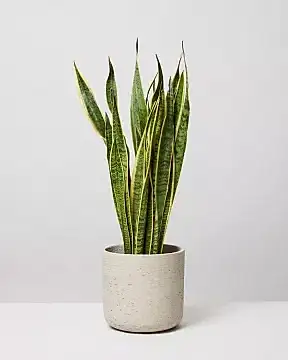Scindapsus pictus
Pothos Satin
Satin pothos or Scindapsus pictus are plants that love to hang, climb or trail. They have beautiful silvery grey speckled leaves set against the dark green leaf background. These trailing vines are very popular houseplants, due to their eye-catching looks, easy-care requirements and ability to transform rooms into a lush tropical paradise. It is the cousin of our Golden Pothos and will make the perfect hanging plant for your home.
Price match promise
Best quality plants guaranteed
Delivered to your door with care
Keep me in a bright and humid spot and give me something to climb such as a moss pole or trellis or let me hang down a shelf or off a table.
Water me liberally in summer, in winter much less. Let my soil dry out in between waterings.
Don't be afraid to prune away any of my leggy or weak growth.
Feed me once a month in spring and summer.
About Pothos Satin
The Satin Pothos is native to Southeast Asia, including Bangladesh, Borneo, Java, Malaya, Philippines, Sulawesi, Sumatra and Thailand. It was discovered by German botanist Justus Hasskarl in 1848. The genus name derives from the Greek word "skindapsos", which means up tree trunks, and the species name "Pictus" is derived from the Greek word for "Painted’".
Satin pothos is a climbing tropical vine. In the wild, they climb tree trunks with aerial roots and can also grow along the ground, with some reaching up to 70 feet in length. Satin pothos is the cousin of our best-selling golden pothos plant, and they are both members of the Arum family.
Satin pothos will thrive in warm, humid and bright conditions, although they can cope in a wide range of light conditions, including light shade. They are relatively drought-tolerant, and it is best to water them when the top few cms of soil have dried out and less so in winter.
The explanation for its striking mottled silver colouration is unknown. Some theories suggest its colouring helps the Satin pothos to photosynthesis in the light-starved jungle floor, whilst others suggest it's to disguise the plant from animals and insects that would eat it.
If ingested this plant can be toxic or poisonous so keep away from dogs, cats or other pets and small children.
Silver pothos; Silver vine; Scindapsus pictus; Silk pothos; Silver philodendron; Scindapsus pictus ‘Argyraeus’
Based on 3 reviews

A lovely healthy plant



















